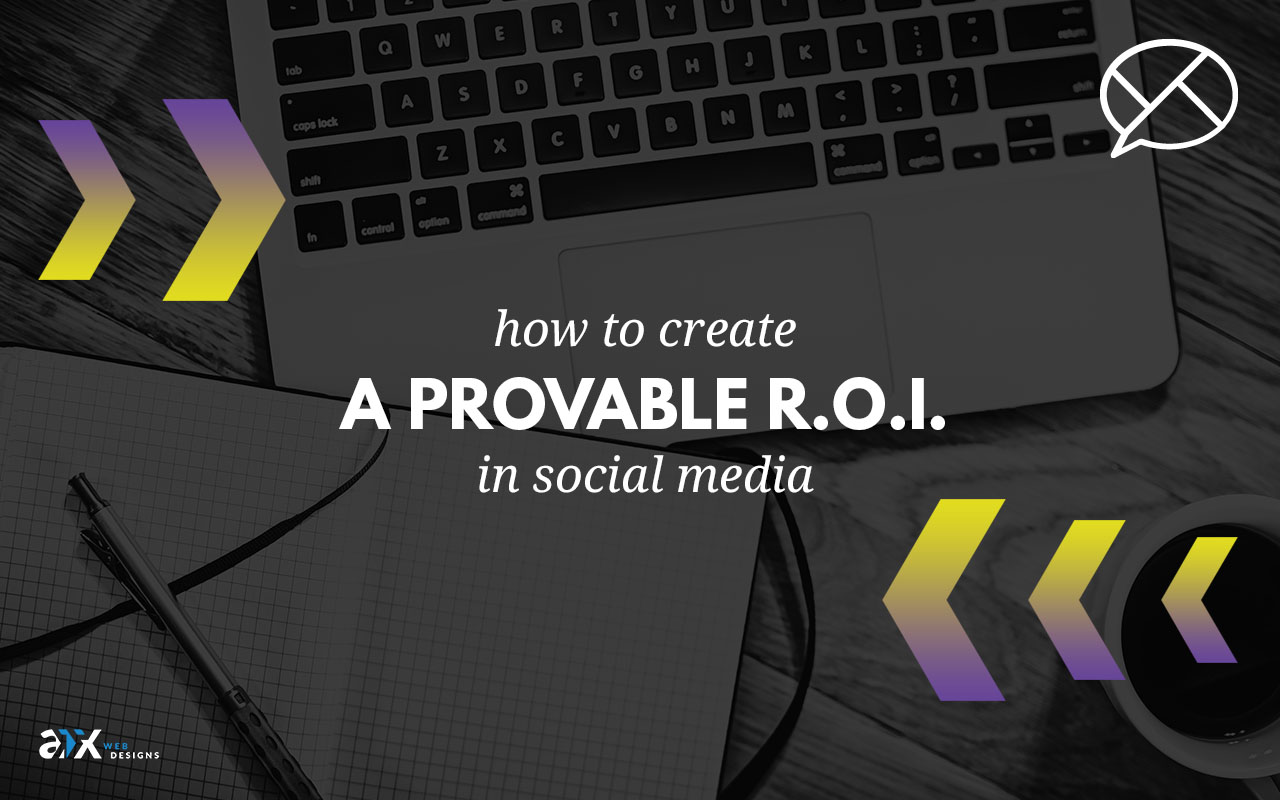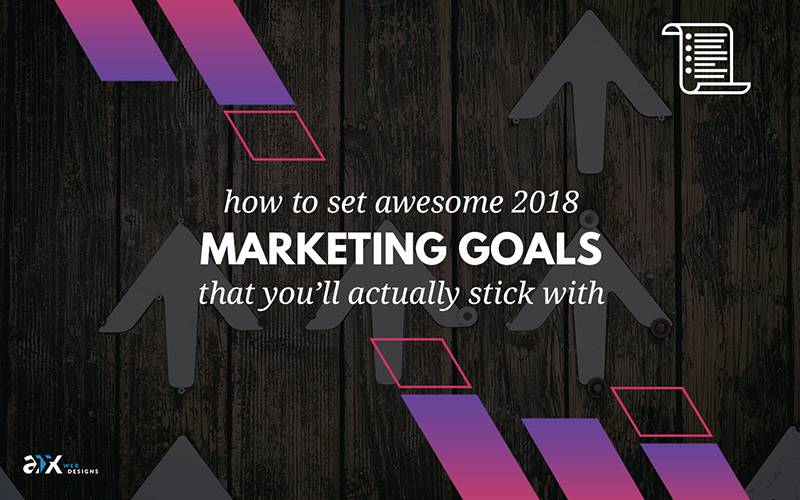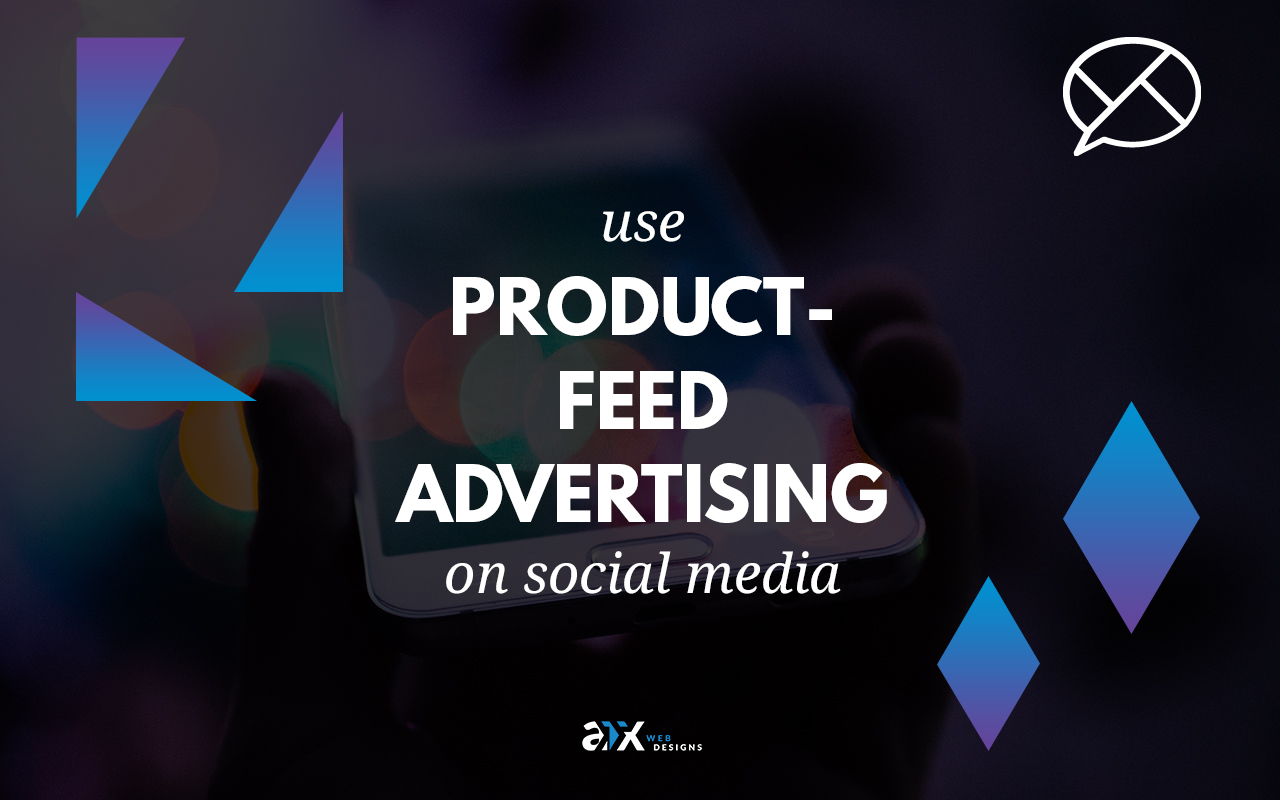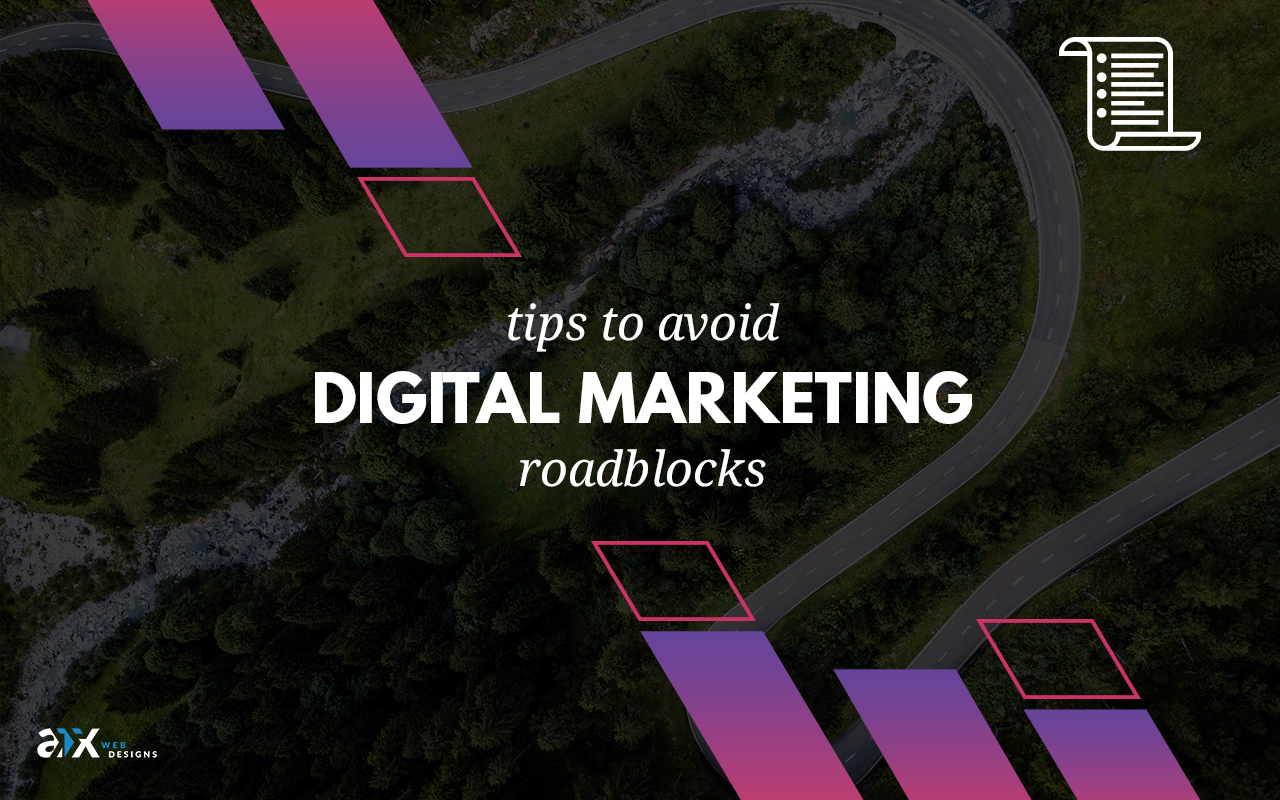Everybody has big goals for the new year. You want growth, revenue, influence, more customers, bigger campaigns, better awards–setting the goals is the easy part. Achieving them? That’s a whole different ball game.
Conventional advice tells you to set SMART goals, goals that are specific, measurable, attainable, results-focused, time-bound. Instead of saying, I want to make more money in 2018, you say, I want to increase profit 10% in the first quarter.
Experts also advise breaking it down into small pieces so you don’t get overwhelmed. Break it into steps and pieces and achieve it one task at a time.
Conventional advice earned its place on the front pages of google: it works. Setting SMART goals and working toward them little by little is a great way to achieve a goal.
Unless you’re me because that just sounds so boring I just want to quit right now.
I don’t want SMART goals! I don’t want steps! I want excitement and spontaneity and the thrill of chasing an impossible goal–and getting lost in the process and discovering something even newer and more exciting along the way!
Or maybe you’re not like me at all, but you still struggle with goals. That’s okay! We can do this together.
Set Awesome Goals
Think you don’t need help with this part?
Wrong.
Your problem is you aren’t thinking big enough! Basketball players don’t train every day for years just so they can sometimes make a shot off the backboard.* They want that slow motion, jumping over the heads of their opponents, put it straight in the basket kind of slam dunk shot.
This is no time to get psyched out by fear. What do you really want with your business?
Running a business isn’t easy. What are you working so hard for? Be brash. Go big.
Only then should you be realistic–but only about achieving it. It’s going to take time and dedication, and probably the achievement of lots of smaller goals as you work your way to it. What are you going to do to achieve those goals? How will you overcome the naysayers? What will you say when your own self-doubt tries to talk you out of it?
Write down your questions, your doubts, all the reasons that pursuing this crazy goal is a stupid waste of time, that you’ll just fail anyway.
Then, one by one, come up with solutions.
See Them Through
Now that you have awesome (!) goals written down (because writing them down is the first step to achieving them), you need a plan for success.
We already talked about SMART goals. We talked about breaking them into mini goals. We have not yet talked about big wins and motivation.
Big wins are when, instead of saving money by cutting back on Starbucks lattes, you negotiate a big raise at work. Focus on big wins instead of little tactics and details. It gets you further, it feels great, and it’s great motivation.
Which is important because motivation won’t get you far. Gretchen Rubin is a researcher who studies happiness, good habits, and human nature. She writes that motivation doesn’t drive behavior:
Instead of thinking about motivation, I argue that we should think about aims, and then concrete, practical, realistic steps to take us closer to our aims.
Instead of thinking, “I want to lose weight so badly,” think instead about the concrete steps to take, “I’ll bring lunch from home.”
She has a quiz to help you figure out what sort of practical, realistic steps will be best for you–or, more specifically, your “tendency”. Each tendency (there are 4) is a different way of responding to expectations. For example, I’m an Obliger, so I respond to outside expectations. If you expect me to meet a goal, I’ll meet it pretty easily. Meeting my own goals, though, requires a system of outer accountability (ie a buddy to help keep me on track). Other tendencies respond to reason (the “why” of a goal) and desire.
You’re setting awesome goals. Set yourself up for success, too.






